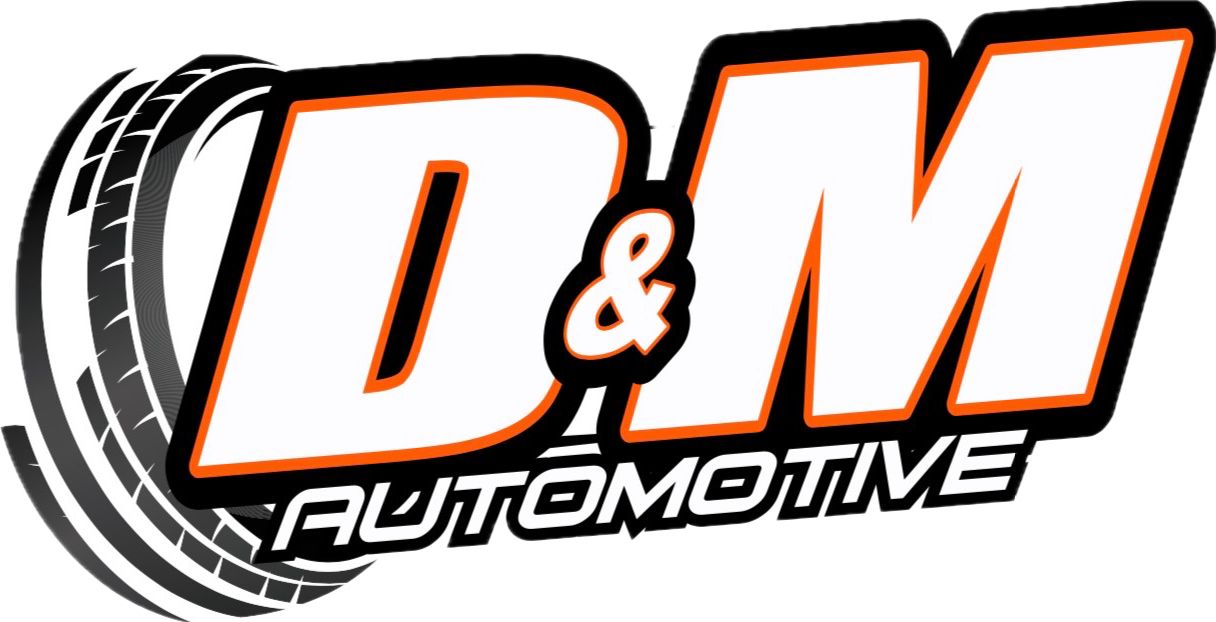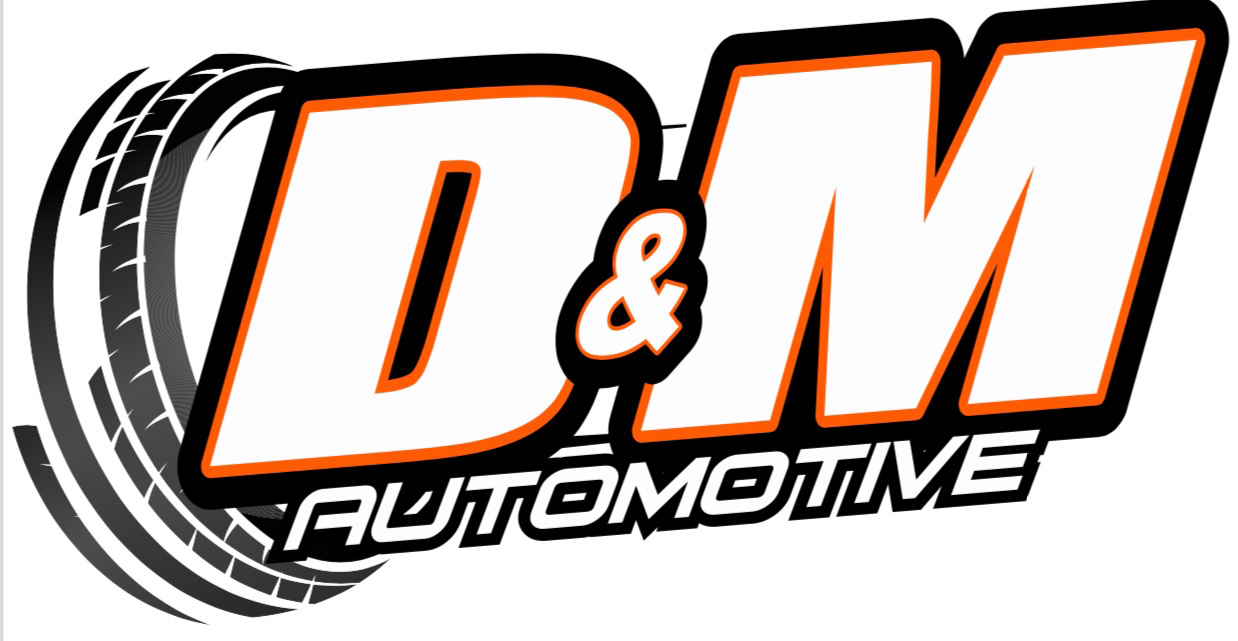CALL US TODAY! 262-343-1401
CALL US TODAY! 262-343-1401
Automotive Repair, Replacement & Diagnostic Specialists
Automotive Repairs in West Bend, WI
It can be frustrating when your vehicle breaks down, or something stops working. D&M Automotive Services in West Bend, WI, is here to help you get back on the road with our expert auto repair services. From fixing engines to transmissions, we do it all. We service all vehicle makes and models, domestic and import. Our dedicated team provides you with the best vehicle repair services at the best prices. Call us today at
262-343-1401 to discuss your vehicle concerns.
General Auto Repair Services
We offer various automotive repair services. Below is a list of some of the areas we specialize in:
Brakes & Rotors
Disks, Pads, Rotors
Master Cylinder
Anti-Lock Brakes
Tires
We Sell Tires
All Brands
Flat Repairs
Balance & Rotate
Tire Patch
Exhaust
Muffler
Catalytic Converters
Repairs
-
EXHAUST
Regular exhaust service helps to maintain the performance and efficiency of the engine, reduce emissions, and improve the overall safety of the vehicle. It's important to have the exhaust system inspected and serviced by a professional mechanic to ensure proper function.
- Checking for leaks: The exhaust system should be checked for leaks to prevent harmful fumes from entering the vehicle's cabin and to improve engine efficiency.
- Replacing the muffler: The muffler is responsible for reducing engine noise and is a key component of the exhaust system. It should be checked and replaced if necessary.
- Replacing the catalytic converter: The catalytic converter is responsible for reducing harmful emissions from the engine. Over time, it can become clogged and may need to be replaced.
- Inspecting the pipes and hangers: The pipes and hangers should be inspected for rust and corrosion, which can cause leaks. Any damaged components should be repaired or replaced.
- Checking the oxygen sensors: The oxygen sensors are responsible for monitoring the air-fuel ratio in the engine. They should be checked and replaced if they are not functioning properly.
-
TIRES
Regular tire maintenance can improve the safety, handling, and fuel efficiency of a vehicle.
- Tire rotation: The tires should be rotated regularly to ensure even wear and extend the life of the tires.
- Balancing: Balancing ensures that the weight of the tire and wheel assembly is evenly distributed, which improves ride comfort and extends the life of the tires and suspension components.
- Alignment: Alignment ensures that the tires are pointing in the right direction and are parallel to each other, which improves handling and extends the life of the tires.
- Inspection: Tires should be inspected regularly for signs of wear, such as cuts, bulges, or flat spots. Any damaged tires should be replaced.
- Pressure check: The tire pressure should be checked regularly to ensure that it is at the correct level, which improves fuel efficiency and extends the life of the tires.
- Replacement: When tires become worn or damaged, they should be replaced to maintain the safety and performance of the vehicle.
-
SUSPENSION
Regular suspension service and maintenance is important to ensure proper function and to identify any potential issues before they become serious problems. This can include tasks such as inspecting and lubricating components, replacing worn parts, and adjusting the alignment. It's important to have the suspension system inspected and serviced by a professional mechanic to ensure proper function and to maintain the performance and safety of the vehicle.
The suspension of a vehicle is the system of components that connect the wheels to the frame and provide a smooth and comfortable ride. It helps to absorb shocks and vibrations from the road, improving ride comfort and stability.
- Springs: Springs compress and expand to absorb shocks and vibrations from the road.
- Shock absorbers: Shock absorbers control the bounce and rebound of the springs, helping to maintain tire contact with the road and improve ride comfort.
- Control arms: Control arms are the pivoting components that connect the wheels to the frame. They allow the wheels to move up and down with the road surface.
- Ball joints: Ball joints connect the control arms to the steering knuckles and allow for the up-and-down and side-to-side movement of the wheels.
- Stabilizer bars: Stabilizer bars help to reduce body roll during cornering, improving handling and stability.
- Swing bar link pins
-
CHECK ENGINE
The check engine light (CEL) is a warning indicator that alerts the driver to a problem with the vehicle's engine or emission control system. Ignoring a check engine light can lead to more serious problems and decreased fuel efficiency. It is important to address the issue as soon as possible to ensure the proper functioning and longevity of the vehicle.
- Don't panic: The check engine light can come on for a variety of reasons, many of which are minor and easily fixable.
- Check the gas cap: A loose or damaged gas cap can cause the check engine light to come on. Try tightening the gas cap and see if the light goes out.
- Check the engine: If the light is still on, inspect the engine for any obvious problems such as a loose or damaged hose or a missing part.
- Scan for codes: Have a diagnostic scan tool, available at most auto parts stores, connected to your vehicle's computer to retrieve the trouble code(s) that caused the check engine light to come on.
- Address the issue: Based on the code, take the necessary steps to fix the issue, such as replacing a faulty sensor or fixing a vacuum leak.
- Get the vehicle inspected: If the check engine light stays on or comes back on after you have addressed the issue, it is best to have the vehicle inspected by a professional mechanic to ensure that the problem is resolved.
You can count on us for quality automotive repairs – call now on 262-343-1401.
BROWSE OUR WEBSITE
CONTACT INFORMATION
Phone: 262-343-1401
Email: dmautomotive000@gmail.com
Address: 885 South Main Street, West Bend, WI, 53095






